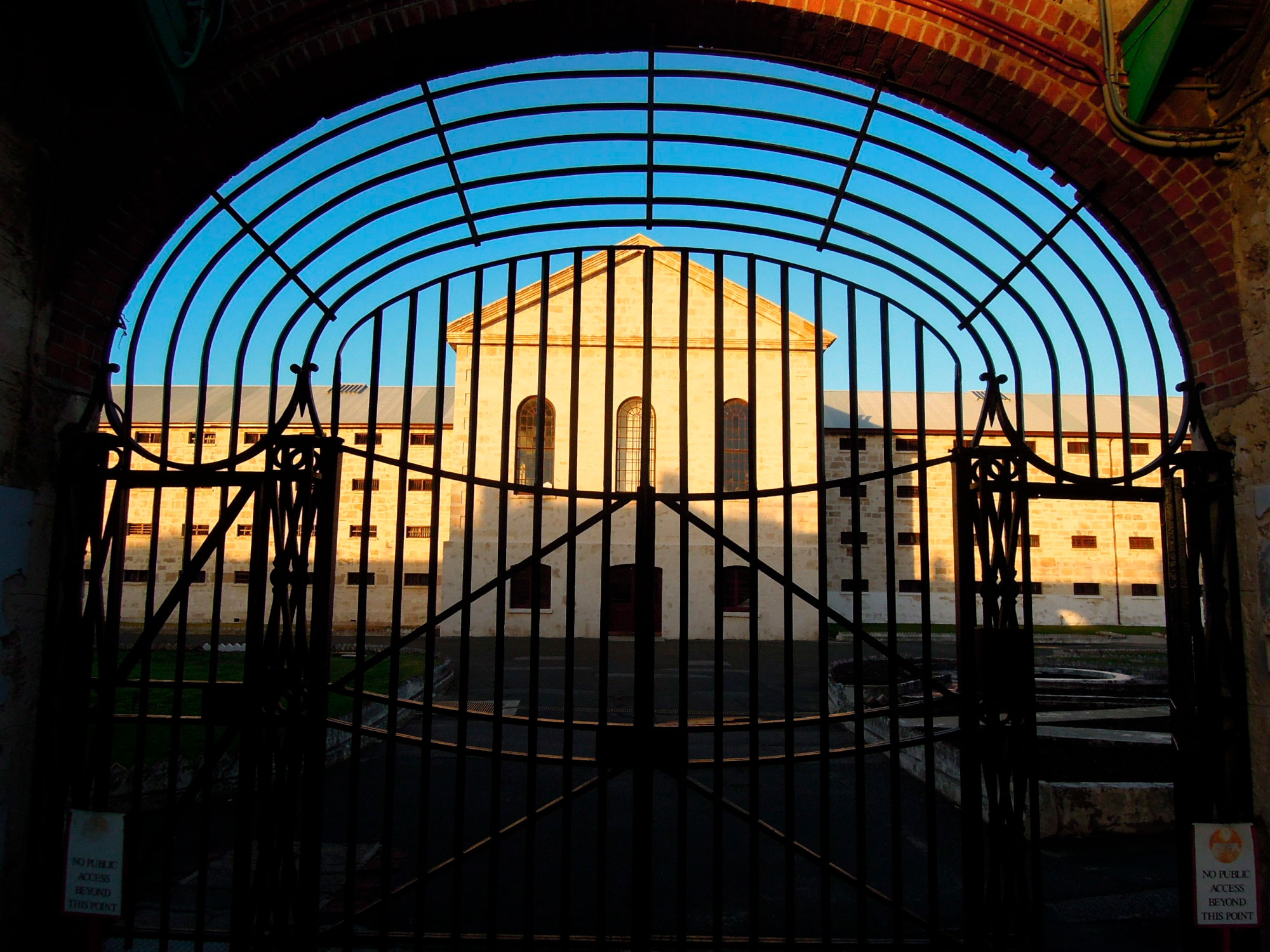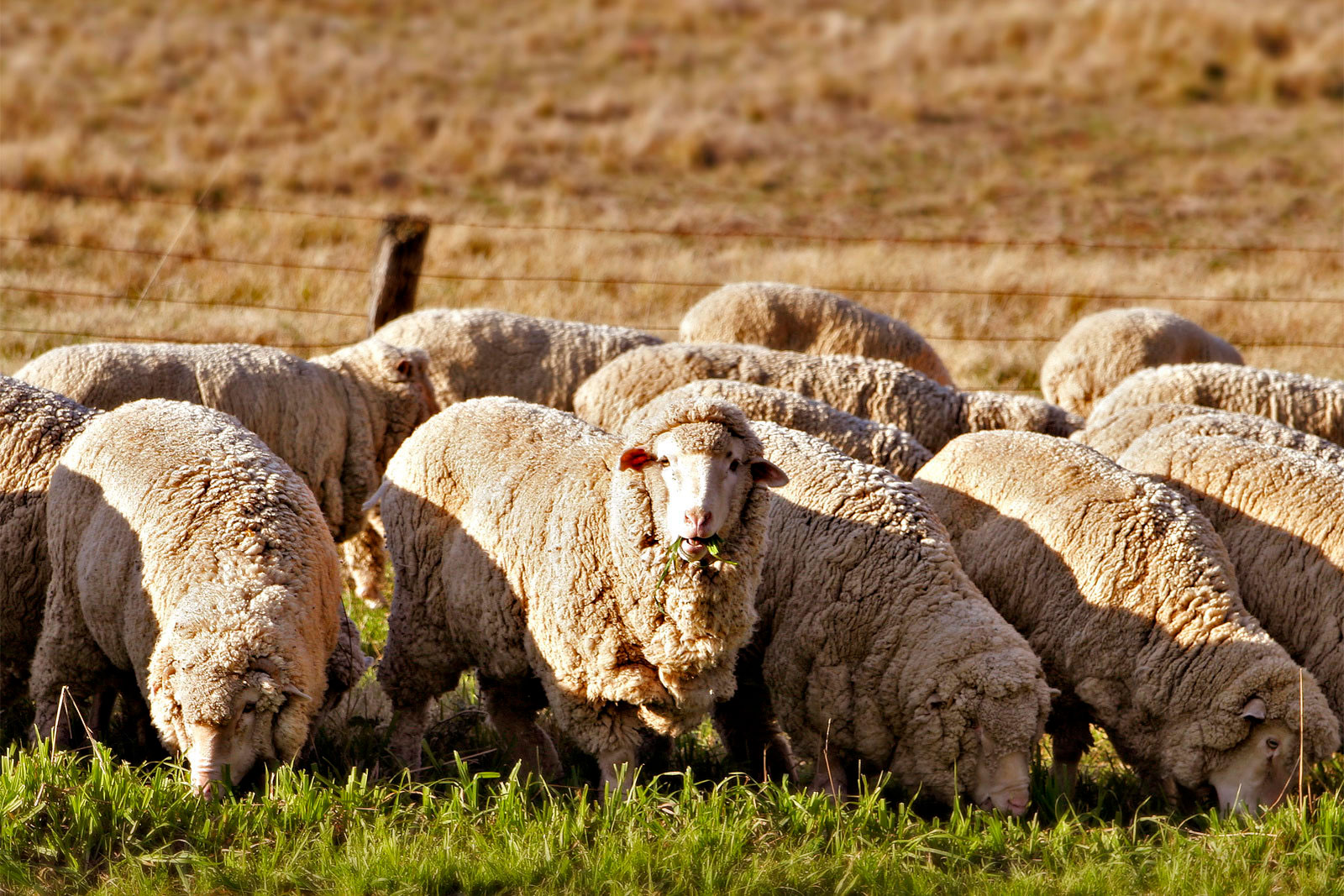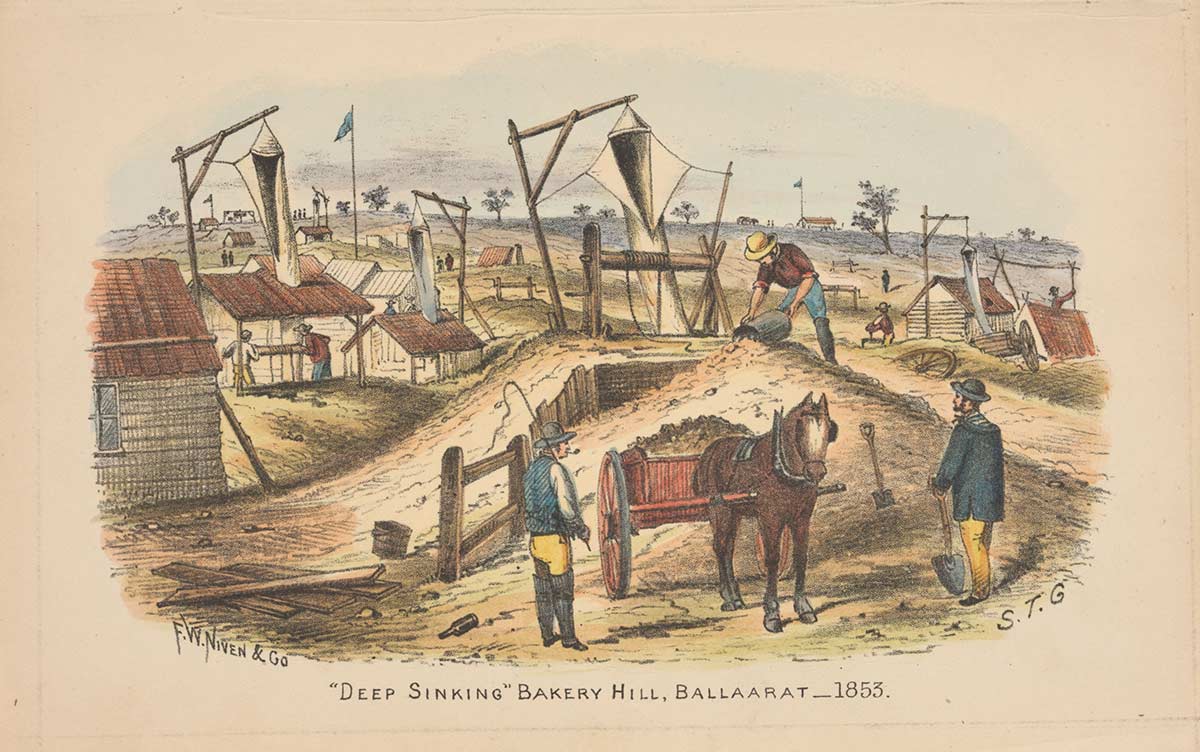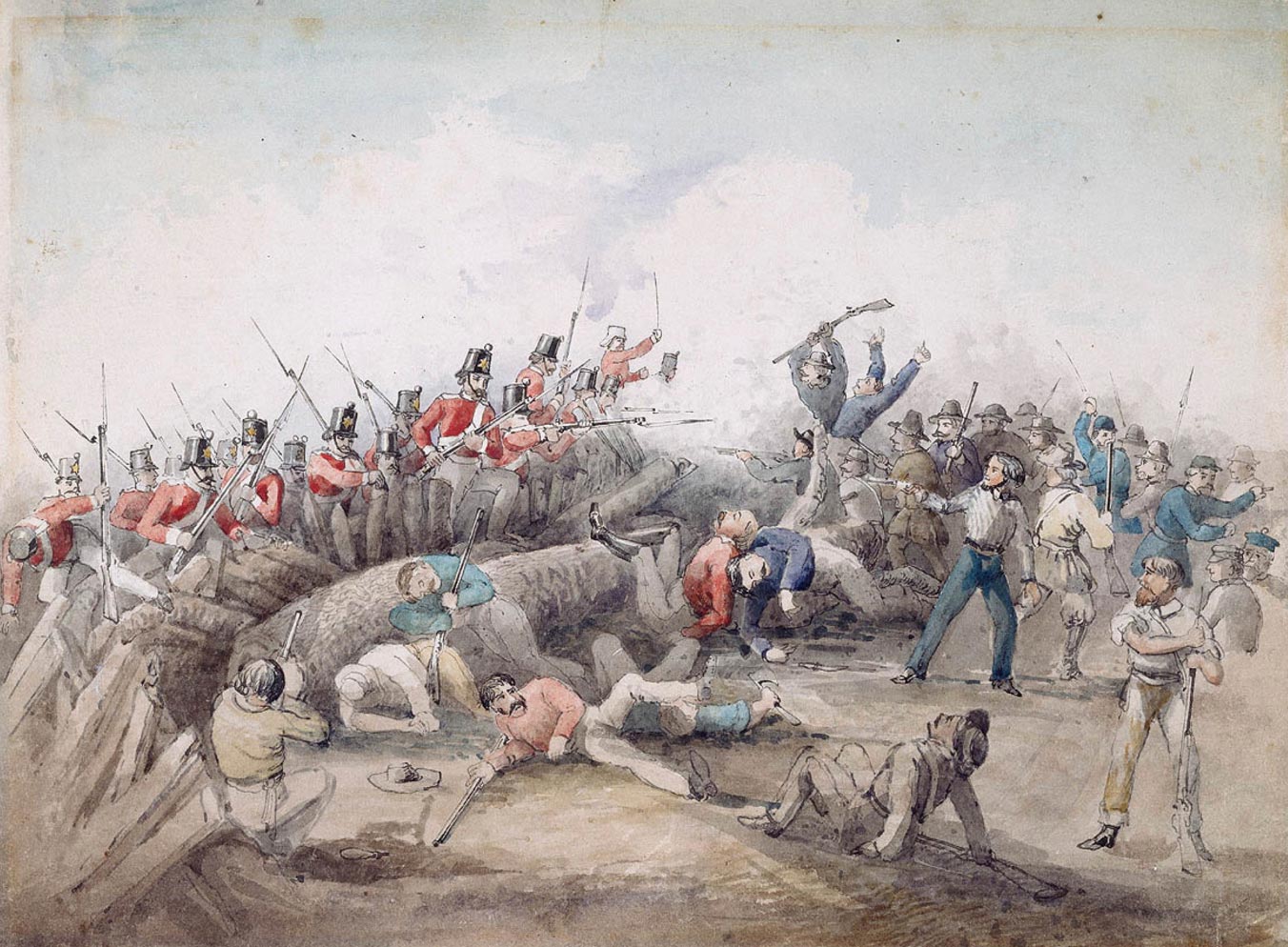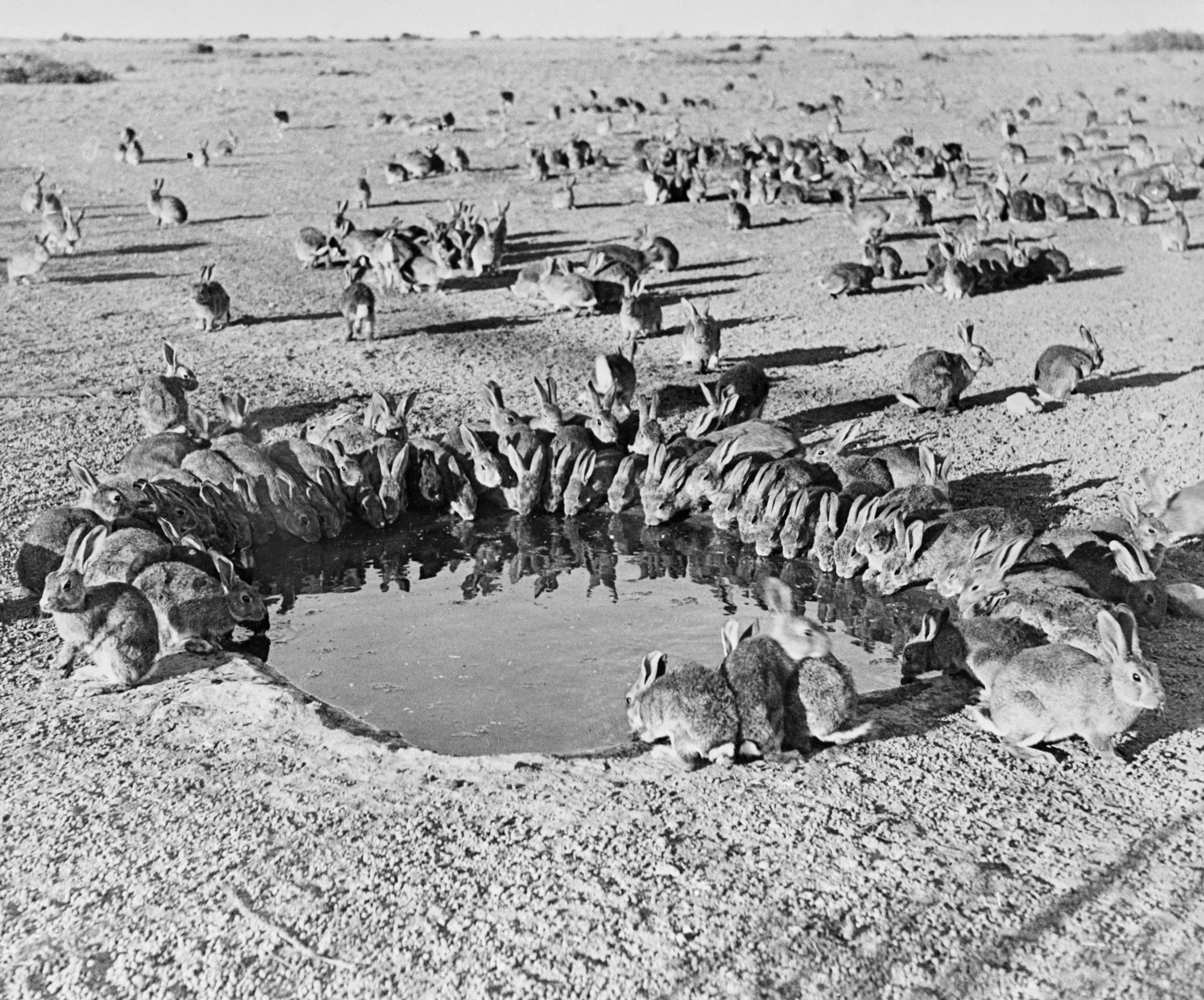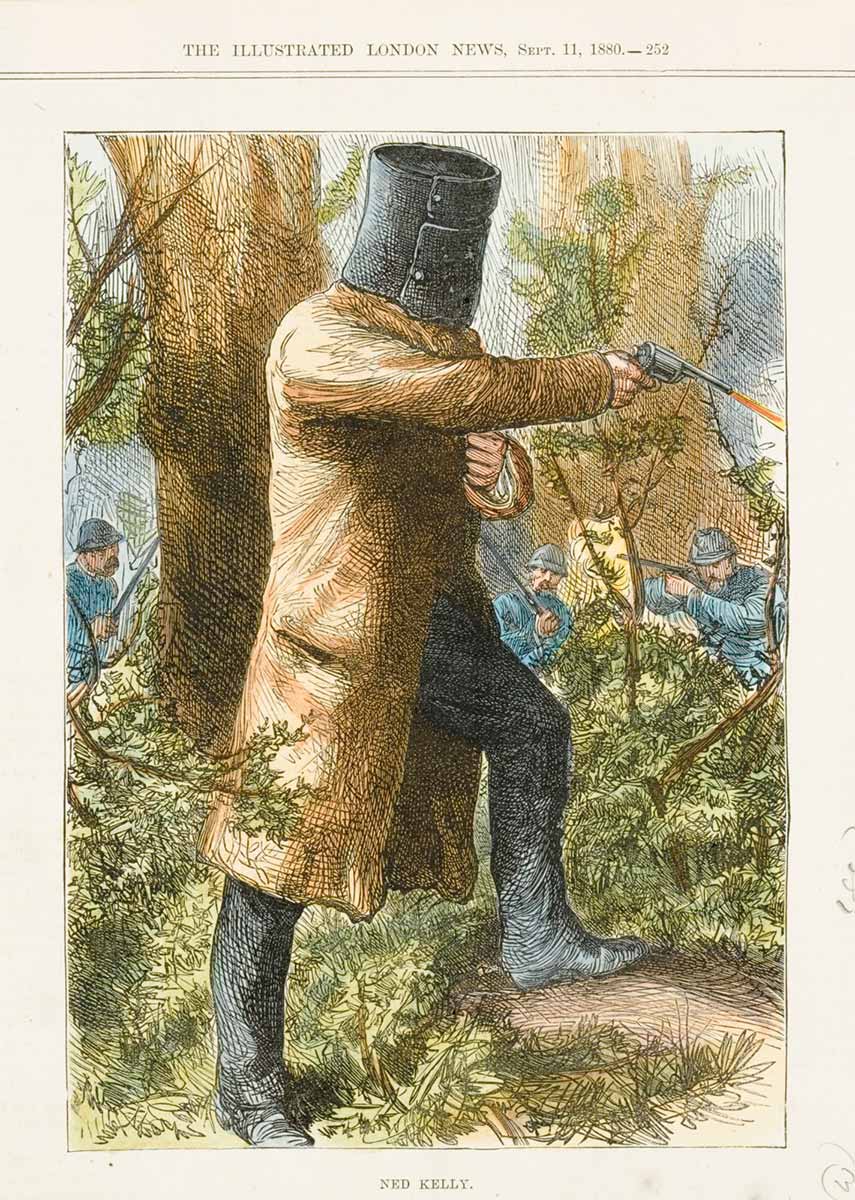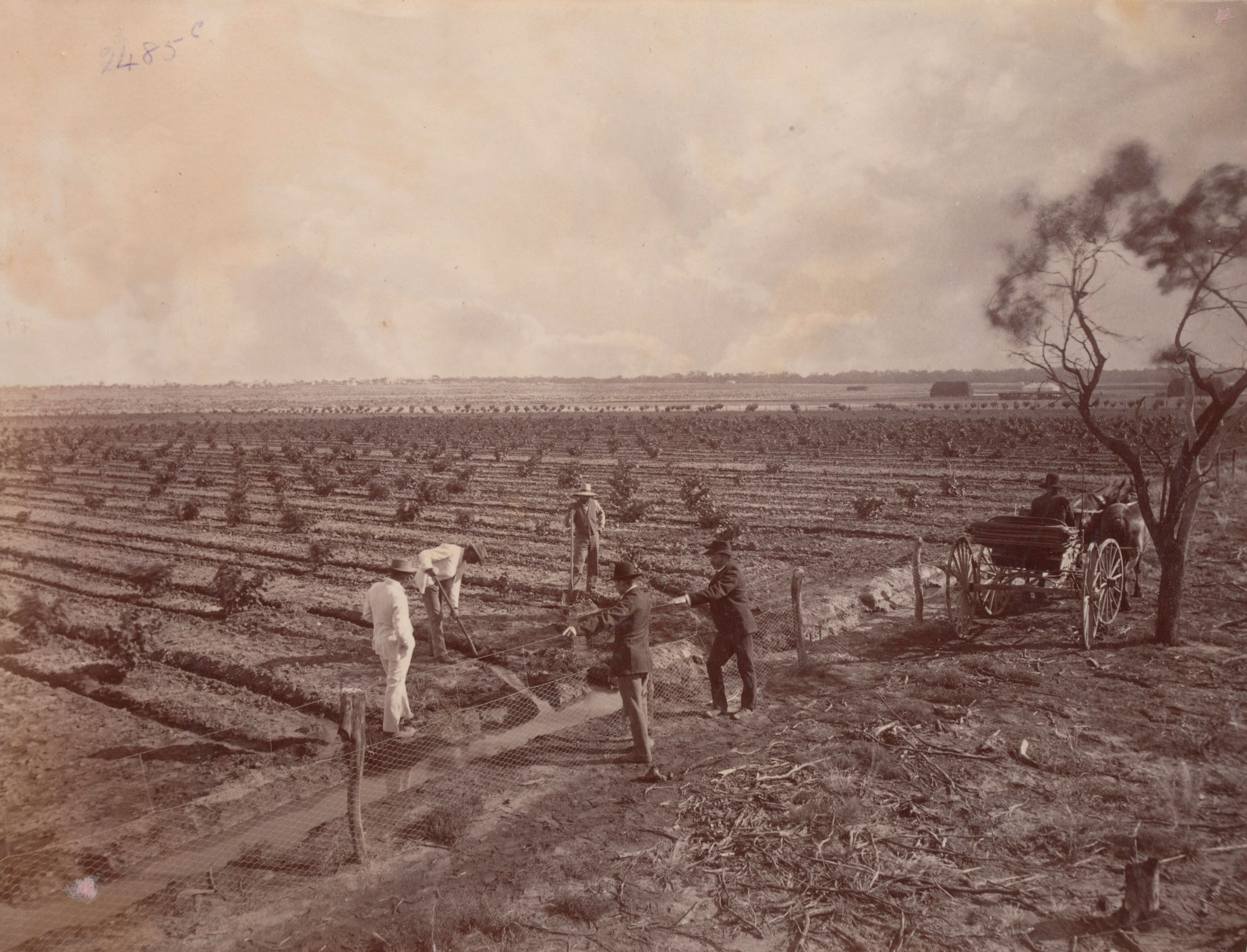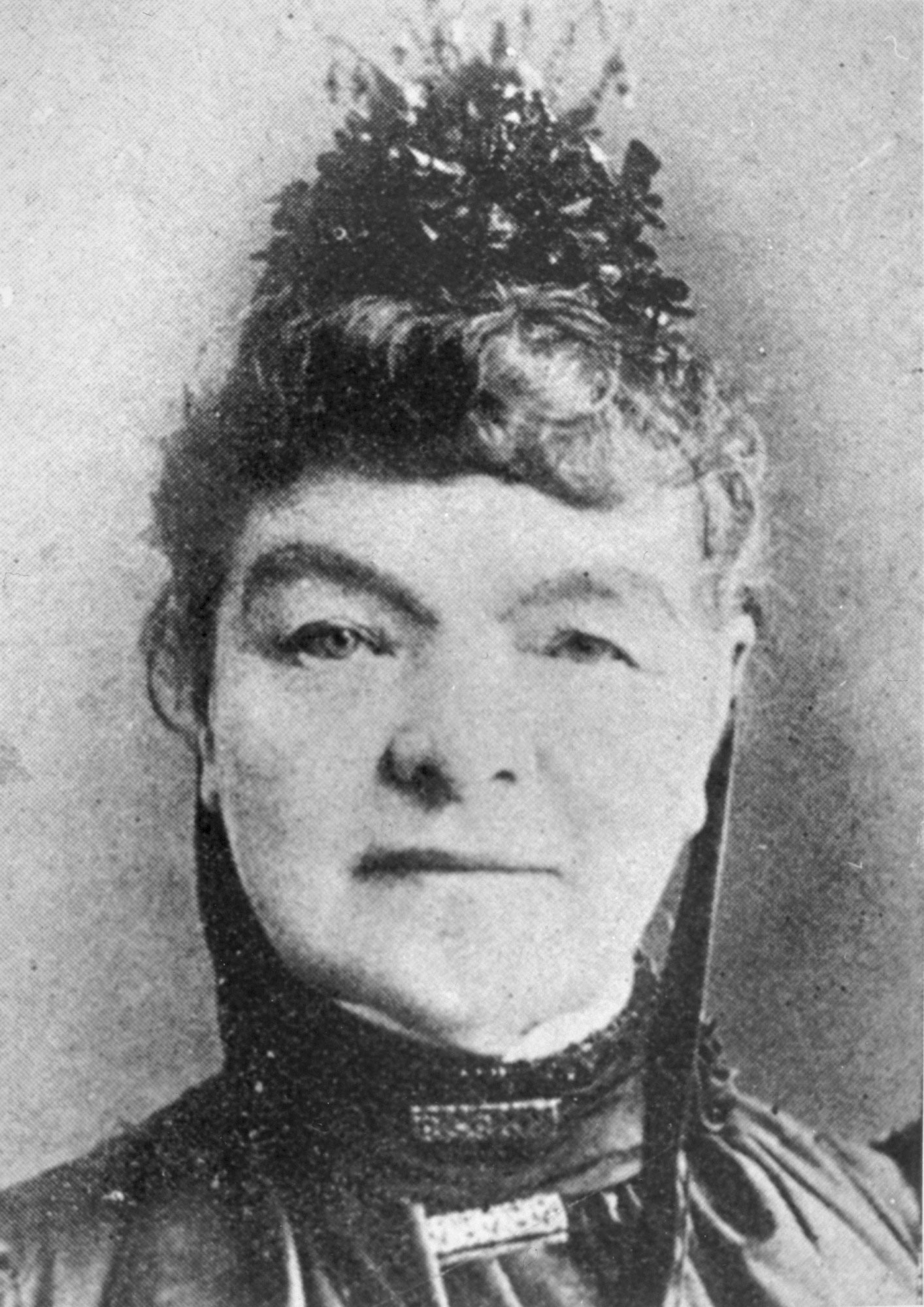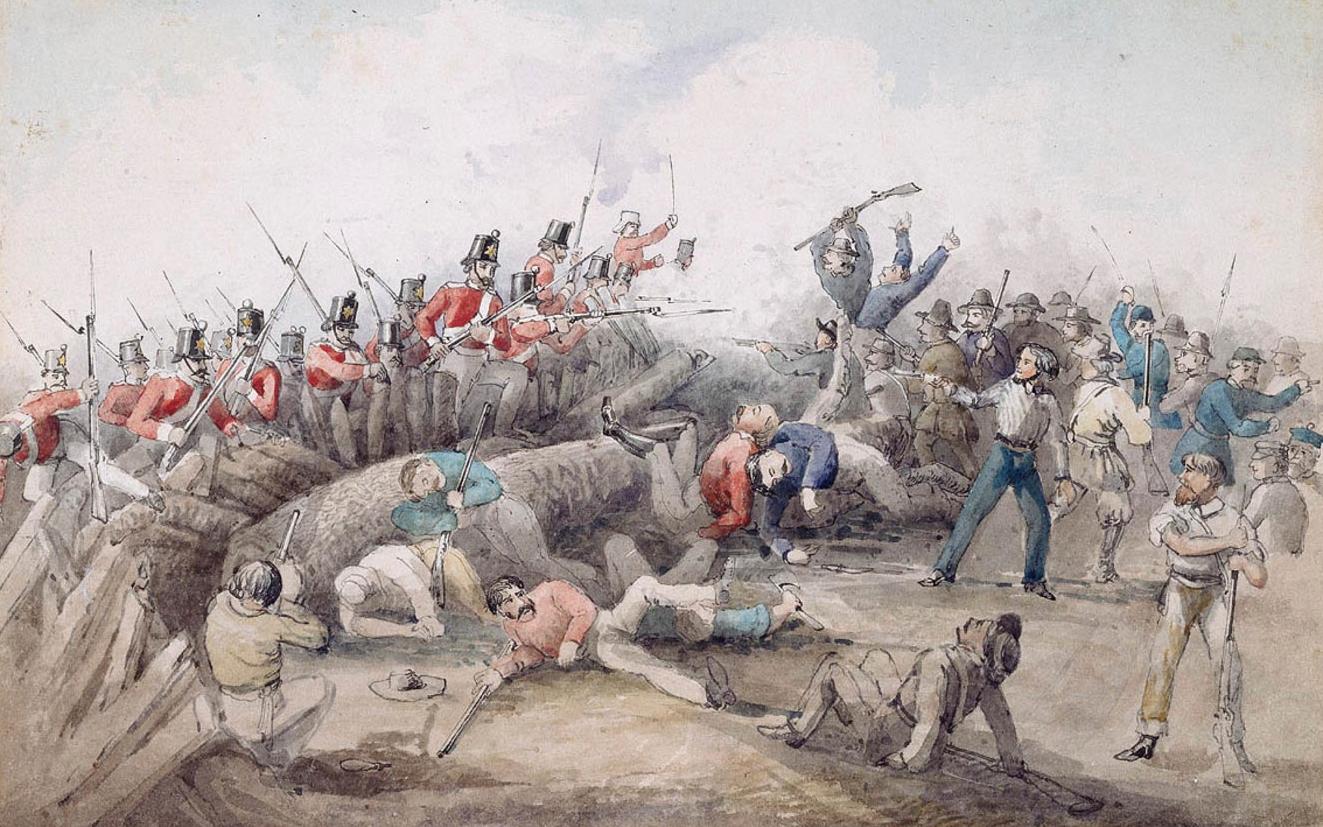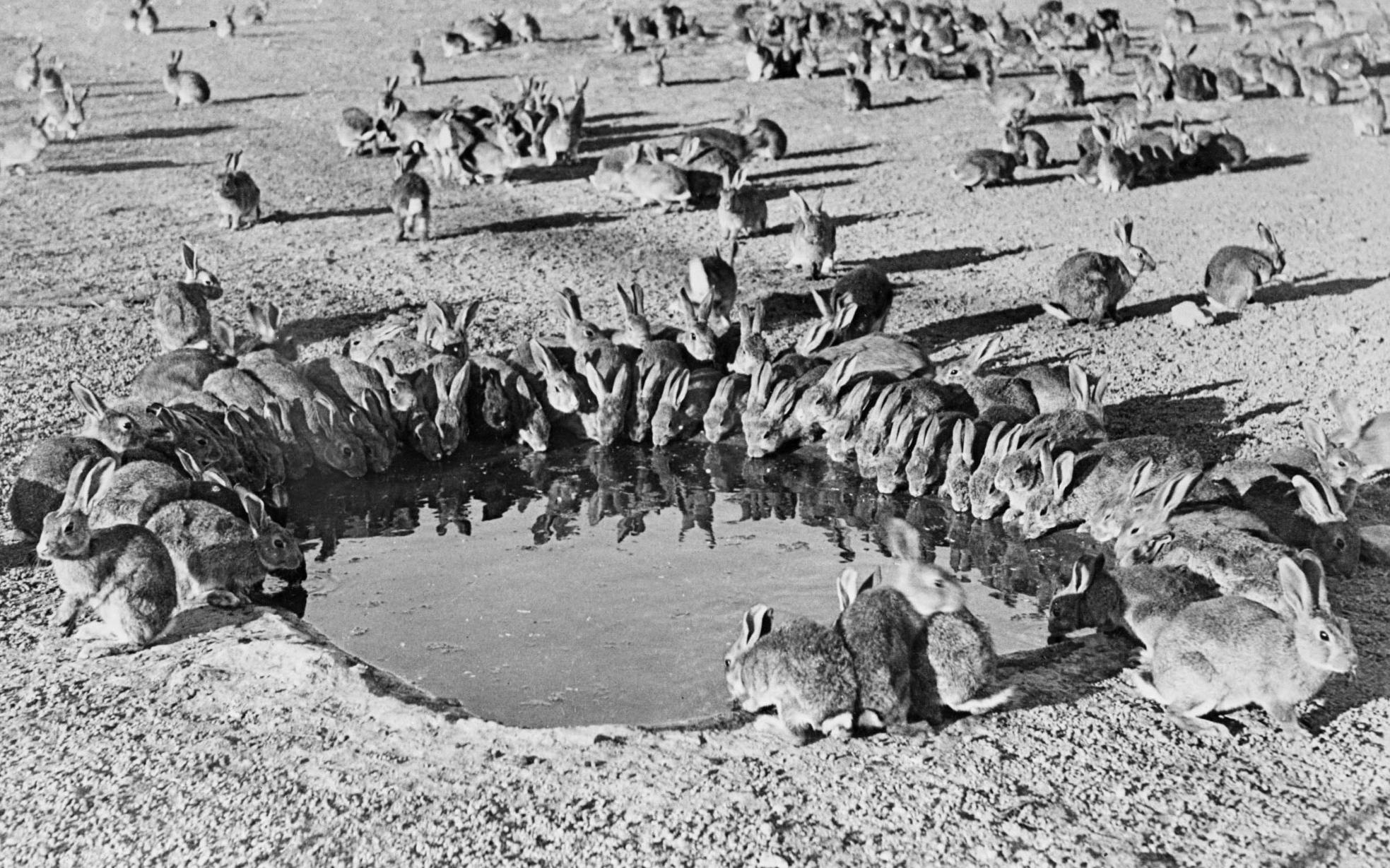Learning module:
Colonial Australia Defining Moments, 1788–1900
Investigation 1: What made us who we are today? Significant events in Australian history in the 1800s
1.7 Secret ballot: ‘Vote for me!’

Imagine that this is how people vote. Many of the crowd are drunk. Many of them are people you know. Some of them are people you work for. You have to let people see who you vote for.
-
Is there a better way of having a vote?
Discuss this question, then see how something like this really did happen in Australia.
Your task is to go through each evidence file and to answer the questions.
|
The day of the public vote |
The day of the secret vote |
The benefits of the secret vote |
A change to the ballot paper |
Evidence file A
The day of the public vote
It is voting day in Victoria, 1854.
Only men over 21 can vote.
To vote you have to take a piece of paper from one of the candidates for election. It has the name of the person you want to vote for on it. You write your own name on it. Everybody can see who you are voting for. If someone who is standing for election has some power over you, such as your boss, they will know whether you voted for them or not.
Evidence file B
The day of the secret vote
Now it is voting day again, in 1856.
Only men over 21 can vote. Women will not get the vote in Australia for many years yet.
But now the voting is different. You are given a piece of paper with all the candidates’ names on it. You take it to a small booth where nobody can see how you vote. You cross out the names you do not want, and leave the name you want to vote for. You fold the paper and place it in a box. Nobody knows who you voted for. And, you do not have to write your name on it. So, even if somebody takes your vote out of the box and looks at it, they will not know that the piece of paper is yours, or how you have voted.
Evidence file C
The benefits of the secret vote
You have voted using the ‘secret ballot’. People who want to influence your vote are unhappy with this new system. They can no longer intimidate you and force you to vote the way they would want you to. Everyone else loves it. It is fair and democratic.
This is such a successful way of voting that the other colonies say they will adopt it.
Evidence file D
A change to the ballot paper
Then South Australia changes the way of voting slightly. Instead of crossing out all the names, you just have to put an X beside the one you want to vote for.
The other colonies follow this method which becomes known as the ‘Australian ballot’. So do other countries, such as Great Britain and the United States.
1. Arrange the events found in evidence files A to D into the correct order to tell the story of the secret ballot.
Here is the cartoon about the old way of voting:

Here is an illustration that shows the new way of voting after the reforms:
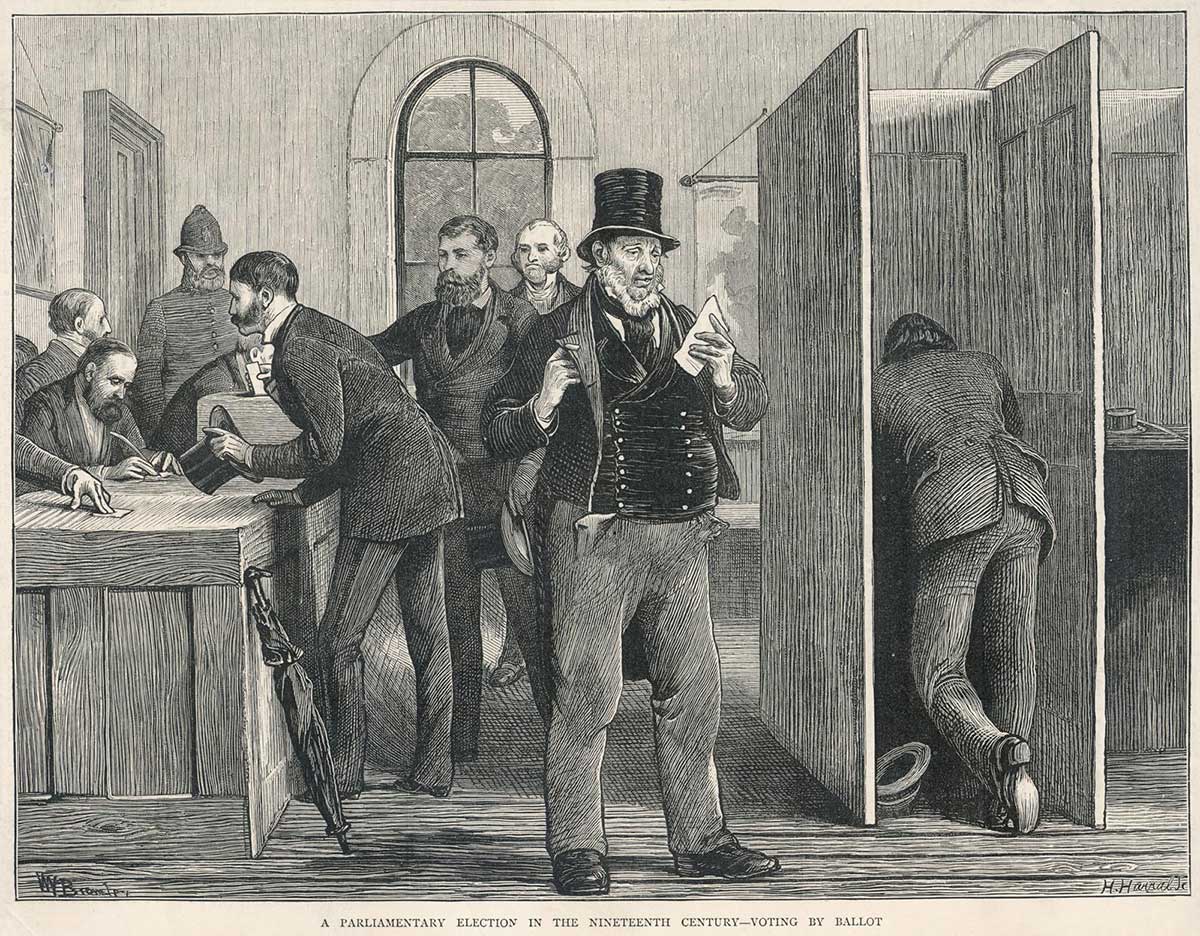
2. What impression do you get about the two different ways of voting from these images?
3. List two of the main changes to the method of voting introduced in 1856 that you can see in the two images.
Conclusion
4. Think about everything you have learned in this investigation. (a) What happened? (b) When? (c) Where? (d) Why?
5. Do you think the introduction of the secret ballot is important in Australian history? Why?
6. The National Museum of Australia has many objects on display. These objects are linked to stories of people, places, events or ideas, and help us understand more about those stories.
Suggest three possible objects relating to voting that could be in a museum.
7. If you could choose an object to put on display in the National Museum of Australia about the secret ballot, what would it be? Make a choice, and write a short caption for it.
Finding out more
To find out more go to 1856 The ‘Australian ballot’ — Secret ballot introduced
Watch this short Defining Moments: Secret ballot animation telling the story of the introduction of the secret ballot.







